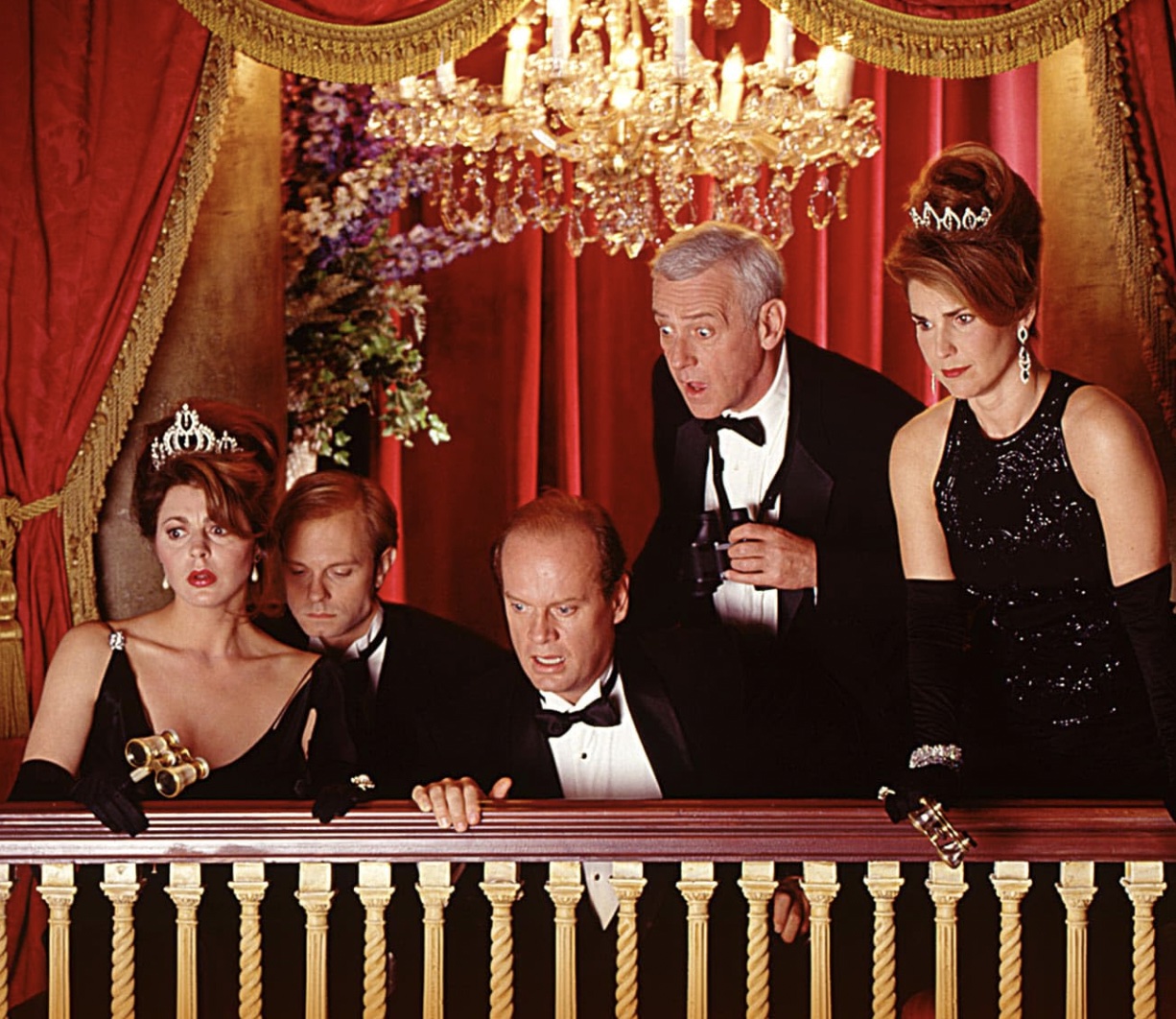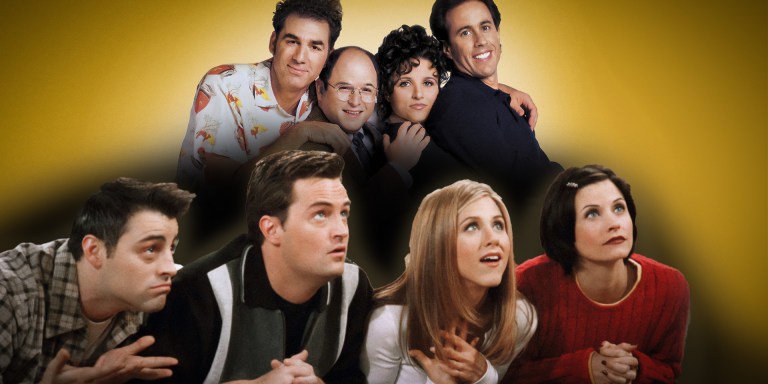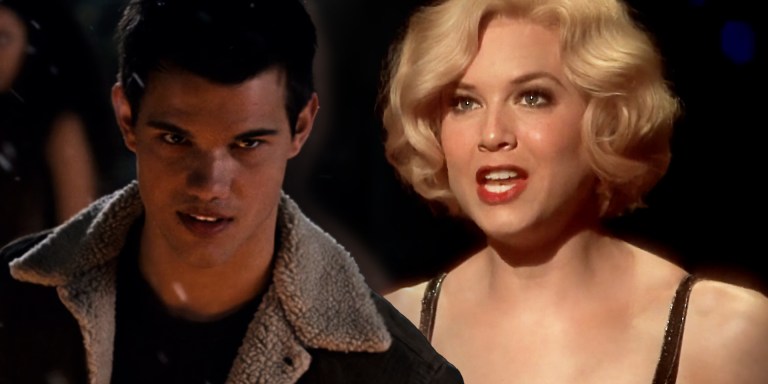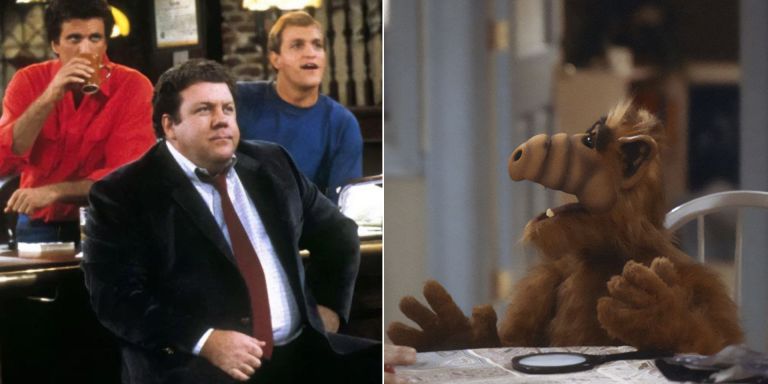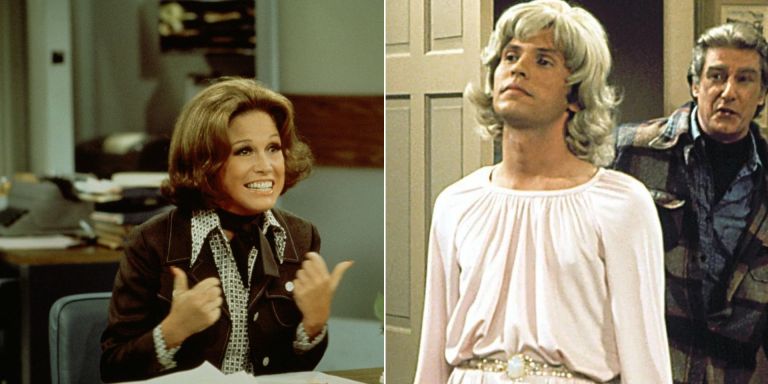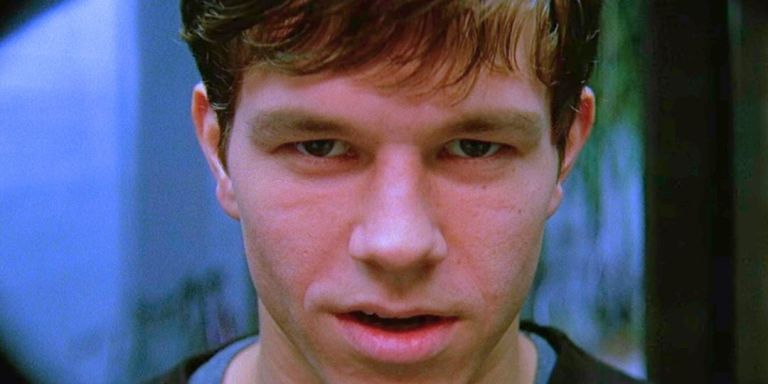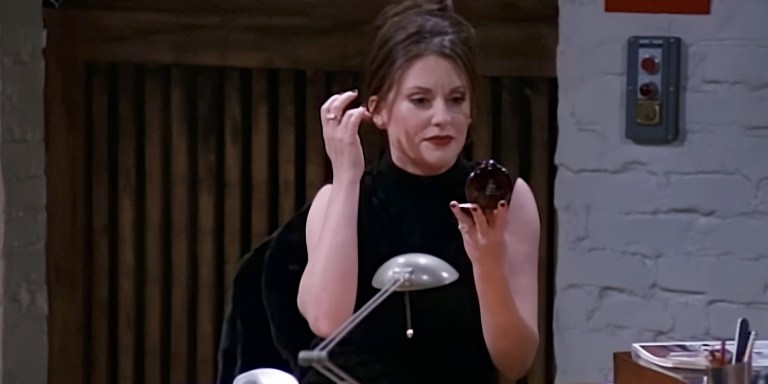Modern sitcoms often boast edgier humor than their classic predecessors and feature more serialized narrative arcs customary of their dramatic counterparts. However, classic sitcoms tend to have more absurd physical comedy and boast a nostalgic appeal resulting from the multi-camera setup and live studio audience. There’s a stage-like feel and a theatricality to older sitcoms that wouldn’t fit into the 21st-century zeitgeist. Yet, they’ve got this timeless charm as a result of the endlessly quippy banter, gentle satire, and minimal continuity. So, if you need a classic watch, Hulu has got you covered.
‘The Golden Girls’ | 1985 — 1992
Featuring the not-so-secret formula behind many a successful sitcom — patriarch, matriarch, craftsman, clown — The Golden Girls relies on four characters with consistent quirks and personalities that sometimes give way to two-dimensionality, but also make for laugh-out-loud interactions. There’s the deadpan-wisecracking Dorothy, the flirtatious and extravagant Blanche, the dimwitted and compassionate Rose, and the wise and crotchety Sophia. Together, they face life’s ups and downs, dating in their golden years, and a society that would prefer they fall to the fringes of the frame. The quips are endless. One after the next, the show is chock-full of punchlines. No one is that clever, but we suspend our disbelief at the hands of a talented ensemble.
‘Frasier’ | 1993 — 2004
Frasier follows Dr. Frasier Crane, a psychiatrist and radio show host, as he navigates his personal and professional life in Seattle. Often considered the sophisticate’s sitcom, Frasier features jokes that rely on cultural references, clever wordplay, and intellectual banter. However, the complex family relationships at play make it ultra relatable nonetheless — complementing and providing needed juxtaposition to the high-brow themes of literature, psychology, and fine arts discussed in the Cheers spinoff. And, just when the sharp writing begins to hit you over the head, the show throws in some needed slapstick, paying homage to its classic sitcom roots.
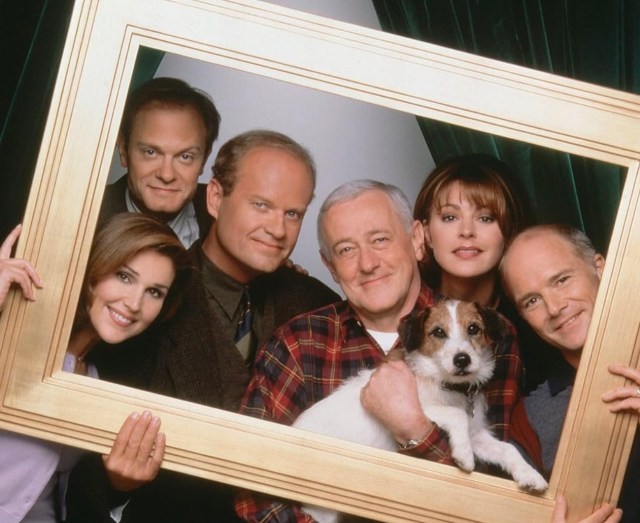
‘Cheers’ | 1982 — 1993
Set in a Boston bar, Cheers revolved around the lives of the staff and patrons at the local spot. From the charming womanizer Sam Malone and the intelligent aspiring writer Diane Chambers to unlucky-in-love Rebecca Howe and the witty accountant known for his entrances, Norm Peterson, the show featured quite the motley crew in an intimate and familiar setting. The characters were clear-cut, yet evolved throughout the show’s 11-year run, and it was their evolution that drew viewers in. Addressing themes of friendship, community, and love, the show was accessible to a widespread audience. And, who could forget that iconic, sing-a-long theme song that perfectly relayed the show’s friendly and welcoming atmosphere?
‘The Mary Tyler Moore Show’ | 1970 — 1977
Breaking down ‘70s barriers with its portrayal of an independent woman in the workforce, The Mary Tyler Moore Show was one of the first sitcoms to depict a woman leading a successful and single life. Themes of friendship and workplace camaraderie were integral to the show’s success, as was the situational comedy that balanced lighthearted banter with moments of emotional depth. Even in challenging situations, the characters exhibit optimism and resilience, reinforcing the feel-good nature of the sitcom that later shows (sometimes) eschew to their detriment. The show won 29 Emmy Awards while on the air and remains a critically acclaimed series that featured groundbreaking representation alongside meaningful relationships, wit, and clever wordplay.
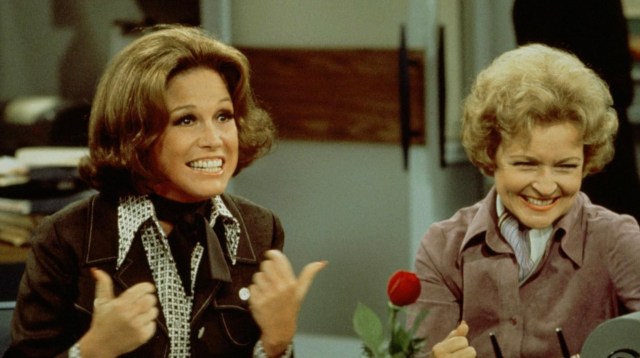
‘M*A*S*H’ | 1972 — 1983
M*A*S*H, based on the 1970 film of the same name, follows Members of the 4077th Mobile Army Surgical Hospital who care for the injured during the Korean War and use humor to escape from the horrors of the situation. The show, featuring a strong anti-war message, employs a medical unit to critique the brutality and senselessness inherent to war. From satirizing military bureaucracy (as inefficient and absurd) to relying on gallows humor in the face of disaster, the show exquisitely relays the human tendency to rely on comedy in high-stress environments — as a way to remain sane and strong.
The dark comedy in M*A*S*H is a delicate balancing act. It exists alongside moments of genuine emotion, fostering a tonal complexity that allows the show to explore the full range of human experience.
‘Designing Women’ | 1986 — 1993
Designing Women follows the professional and personal lives of four strong-willed women at the Sugarbaker Design Firm in Atlanta, Georgia, as they navigate the challenges of running a business. The show has since been celebrated for its approach to Southern culture, feminist themes, and social awareness. Infusing humor into discussions about politics, relationships, and gender dynamics, the show boasted feminist undertones and many a memorable monologue, especially from the sharp-tongued and socially conscious founder Julia Sugarbaker.
‘The Wonder Years’ | 1988 — 1993
The Wonder Years is a coming-of-age sitcom that follows an adolescent Kevin as he navigates friends, family, and societal changes in the late ‘60s and early ‘70s. The show is narrated by an older Kevin, who is now reflecting on his formative years.
The Wonder Years had a nostalgic feel to it, capturing the essence of a ‘60s childhood by incorporating historical events like the Vietnam War and the Civil Rights Movement. The period-accurate setting, which paid meticulous attention to detail regarding technology, props, and furniture, also helped transport viewers back two decades. The show, though taking place in the ‘60s, feels timeless, as it highlights the innocence and wonder tied to childhood — the naivete and awe that define one’s adolescence.
